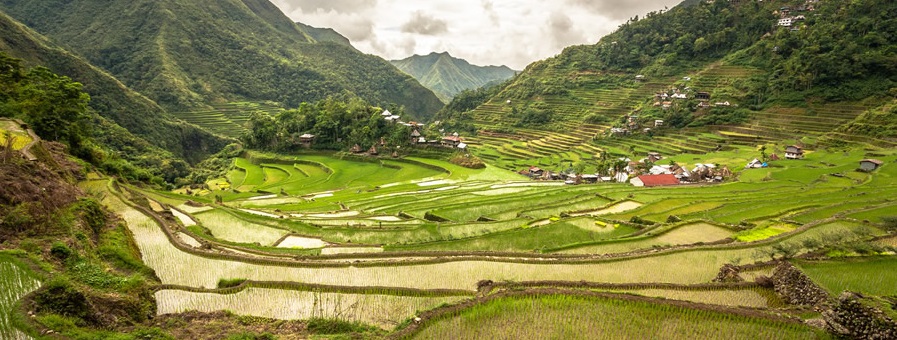
Himalayan Culture Through Their Eyes
| Home | Implementation Plan | Resources and Activities | Bibliography |
Implementation Plan
This lesson is designed for students to take a look at the Himalayan culture through the eyes of the Sherpa, rice farmers, and lamas/Buddhist monks and describe the culture to other regions of the world. The lesson should encourage students to look at the world with a different perspective than the very sheltered point of view of American teenagers. It is important for students to learn about the world and try to become citizens of the world by exploring and empathizing with different cultures.
First students will briefly look at the very basics of the Himalayan culture (technologies, religions, institutions, beliefs & customs, and languages) by discussing a power point presentation with the teacher and taking notes. Student note templates along with the presentation are provided with this lesson.
Students will then read about three different types of people who belong to the Himalayan region and culture – Sherpa, rice farmers, and lamas/Buddhist monks. A list of suggested links and articles is attached to this lesson to provide teachers some reading materials if these people groups are not adequately represented in classroom materials or textbooks along with student note templates.
Lastly students will take what they have learned from the presentation and readings, and they will apply it to a RAFT assignment (Role Audience Format Topic). The purpose of a RAFT assignment is to allow students the opportunity to take on the role of another person or object and show their mastery of the topic or content by sharing it with a specified audience through their chosen format. RAFT assignments are an excellent way to differentiate instruction for students of different learning abilities and styles. The RAFT assignment sheet and grading rubric attached to this lesson will ask students to describe the Himalayan culture to a person from Latin America, European, or North Africa/Middle East using a series of letters, Alphaboxes, or a tri-fold/pamphlet from the perspective of a Sherpa, rice farmer, or lama/Buddhist monk. In order to do this well, the student will have to engage in creative higher order thinking skills. Students could meet in small groups or present their RAFT assignments in class to reinforce what they have learned and hear the perspectives of their classmates.
Texas Essential Knowledge and Skills (TEKS) addressed in this activity for World Geography are:
16 Culture The student understands how the components of culture affect the way people live and shape the characteristics of regions. The student is expected to:
(B) describe elements of culture, including language, religion, beliefs and customs, institutions, and technologies;
(C) explain ways various groups of people perceive the characteristics of their own and other cultures, places, and regions differently.
22 Social studies skills The student communicates in written, oral, and visual forms. The student is expected to:
(B) generate summaries, generalizations, and thesis statements supported by evidence;
(C) use geographic terminology correctly;
(D) use standard grammar, spelling, sentence structure, and punctuation;
(E) create original work using proper citations and understanding and avoiding plagiarism.